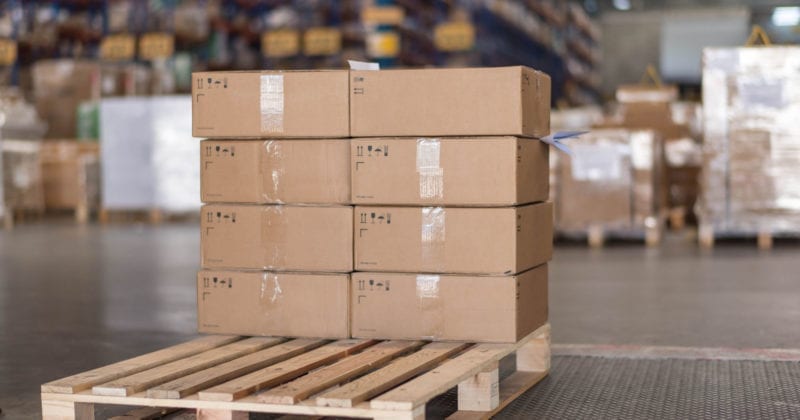Wooden barrels and crates were once the de facto standard of storing and transporting goods, but moving them was a labor intensive and inefficient task. Shippers had to find a better way to easily stack and transfer huge amounts of goods quickly.
The answer? The pallet; a thin but strong wooden structure that serves as a supporting base for goods.
Pallets may be simple in their construction, but they are indispensable in everyday logistics. Weighing around 10 kilograms each, they can withstand large amounts of weight, even as much as over 1,000 kilograms.
More importantly, these special bases make it possible for forklifts to do the heavy lifting.
The process of placing the goods on pallets is called palletization.
Products are stacked up and evenly arranged on the pallet before they are secured together by cling wrap or other means. The forks of the forklift are then inserted into a cavity between the top and bottom platforms of the pallet, before being raised to lift and move as a single unit.
Pallets first gained prominence during the Second World War, when military supplies had to be quickly loaded and transported.
Today, together with forklifts, the use of pallets is the most important and efficient method of moving goods around warehouses and into shipping containers.
Billions of pallets, in fact, are currently circulating the global supply chain.





 English
English